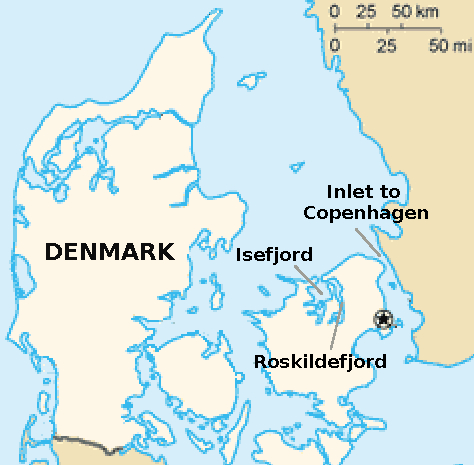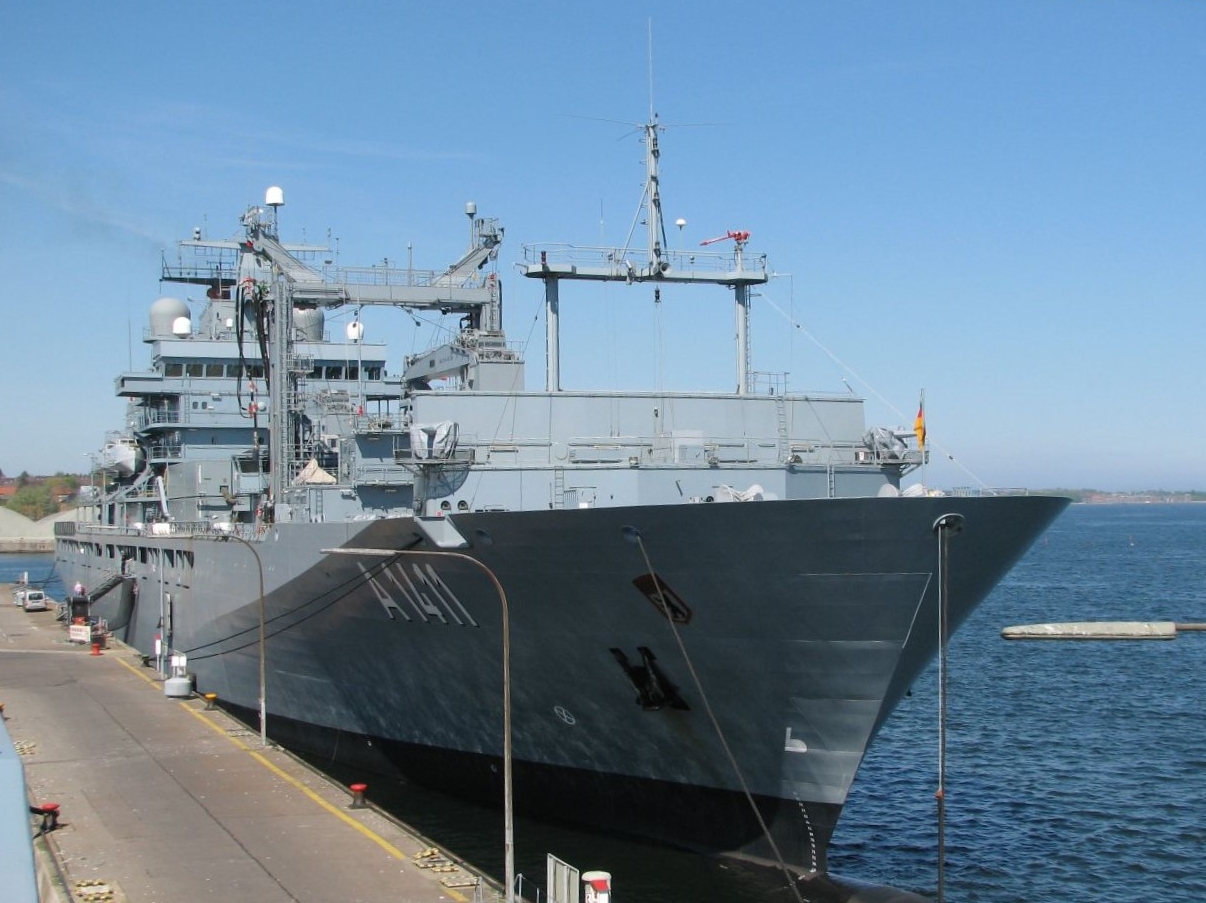|
HMS Hecla (1839)
Seven ships of the Royal Navy have been named HMS ''Hecla'', after the volcano Hekla in Iceland. * was a 10-gun bomb vessel purchased in 1797. She participated in the Battle of Copenhagen (1801) and was broken up in 1813 * , launched in 1815, was a bomb vessel; she was later converted to an exploration ship and was commanded by William Edward Parry during his exploration of the Arctic * was a 4-gun wooden paddle sloop launched in 1839, run aground off Gibraltar on 23 January 1855 and sold in 1863 * was a torpedo boat carrier/depot ship purchased in 1878, modernised in 1912 and sold in 1926 * was a destroyer depot ship launched in March 1940 and sunk off Casablanca on 12 November 1942 by the * HMS ''Hecla'' was a repair ship launched in 1944 and transferred to the United States Navy The United States Navy (USN) is the maritime service branch of the United States Armed Forces and one of the eight uniformed services of the United States. It is the largest and mo ... [...More Info...] [...Related Items...] OR: [Wikipedia] [Google] [Baidu] |
Royal Navy
The Royal Navy (RN) is the United Kingdom's naval warfare force. Although warships were used by English and Scottish kings from the early medieval period, the first major maritime engagements were fought in the Hundred Years' War against France. The modern Royal Navy traces its origins to the early 16th century; the oldest of the UK's armed services, it is consequently known as the Senior Service. From the middle decades of the 17th century, and through the 18th century, the Royal Navy vied with the Dutch Navy and later with the French Navy for maritime supremacy. From the mid 18th century, it was the world's most powerful navy until the Second World War. The Royal Navy played a key part in establishing and defending the British Empire, and four Imperial fortress colonies and a string of imperial bases and coaling stations secured the Royal Navy's ability to assert naval superiority globally. Owing to this historical prominence, it is common, even among non-Britons, to ref ... [...More Info...] [...Related Items...] OR: [Wikipedia] [Google] [Baidu] |
Hekla
Hekla (), or Hecla, is a stratovolcano in the south of Iceland with a height of . Hekla is one of Iceland's most active volcanoes; over 20 eruptions have occurred in and around the volcano since 874. During the Middle Ages, the Icelandic Norse called the volcano the "Gateway to Hell". Hekla is part of a volcanic ridge, long. The most active part of this ridge, a fissure about long named , is considered to be within Hekla proper. Hekla looks rather like an overturned boat, with its keel being a series of craters, two of which are generally the most active. The volcano's frequent large eruptions have covered much of Iceland with tephra, and these layers can be used to date eruptions of Iceland's other volcanoes. Approximately 10% of the tephra created in Iceland in the last thousand years has come from Hekla, amounting to 5 km3. Cumulatively, the volcano has produced one of the largest volumes of lava of any in the world in the last millennium, around 8 km3. Etymolo ... [...More Info...] [...Related Items...] OR: [Wikipedia] [Google] [Baidu] |
Iceland
Iceland ( is, Ísland; ) is a Nordic island country in the North Atlantic Ocean and in the Arctic Ocean. Iceland is the most sparsely populated country in Europe. Iceland's capital and largest city is Reykjavík, which (along with its surrounding areas) is home to over 65% of the population. Iceland is the biggest part of the Mid-Atlantic Ridge that rises above sea level, and its central volcanic plateau is erupting almost constantly. The interior consists of a plateau characterised by sand and lava fields, mountains, and glaciers, and many glacial rivers flow to the sea through the lowlands. Iceland is warmed by the Gulf Stream and has a temperate climate, despite a high latitude just outside the Arctic Circle. Its high latitude and marine influence keep summers chilly, and most of its islands have a polar climate. According to the ancient manuscript , the settlement of Iceland began in 874 AD when the Norwegian chieftain Ingólfr Arnarson became the first p ... [...More Info...] [...Related Items...] OR: [Wikipedia] [Google] [Baidu] |
Bomb Vessel
A bomb vessel, bomb ship, bomb ketch, or simply bomb was a type of wooden sailing naval ship. Its primary armament was not cannons ( long guns or carronades) – although bomb vessels carried a few cannons for self-defence – but mortars mounted forward near the bow and elevated to a high angle, and projecting their fire in a ballistic arc. Explosive shells (also called ''bombs'' at the time) or carcasses were employed rather than solid shot. Bomb vessels were specialized ships designed for bombarding (hence the name) fixed positions on land. In the 20th century, this naval gunfire support role was carried out by the most similar purpose-built World War I- and II-era monitors, but also battleships, cruisers, and destroyers. Development The first recorded deployment of bomb vessels by the English was for the siege of Calais in 1347 when Edward III deployed single deck ships with bombardes and other artillery. The first specialised bomb vessels were built towards the end ... [...More Info...] [...Related Items...] OR: [Wikipedia] [Google] [Baidu] |
Battle Of Copenhagen (1801)
The Battle of Copenhagen of 1801 (Danish: ''Slaget på Reden''), also known as the First Battle of Copenhagen to distinguish it from the Second Battle of Copenhagen in 1807, was a naval battle in which a British fleet fought and defeated a smaller force of the Dano-Norwegian Navy anchored near Copenhagen on 2 April 1801. The battle came about over British fears that the powerful Danish fleet would ally with France, and a breakdown in diplomatic communications on both sides. As the British ships entered the harbour of the Danish fleet, several of its ships stationed in the city's inlet forming a blockade. The Danish fleet defended the capital with these ships and bastions on both sides of the harbour inlet. It was the second attempt by the British to try to prevent a Franco-Danish alliance, as the British had already entered Øresund with a fleet in August 1800, in order to persuade Denmark not to ally with France. The Danes agreed to the British terms upon hearing news of the ... [...More Info...] [...Related Items...] OR: [Wikipedia] [Google] [Baidu] |
William Edward Parry
Sir William Edward Parry (19 December 1790 – 8 July 1855) was an Royal Navy officer and explorer best known for his 1819–1820 expedition through the Parry Channel, probably the most successful in the long quest for the Northwest Passage, until it was finally negotiated by Roald Amundsen in 1906. In 1827, Parry attempted one of the earliest expeditions to the North Pole. He reached 82° 45' N, setting a record for human exploration Farthest North that stood for nearly five decades before being surpassed at 83° 20' N by Albert Hastings Markham in 1875. Early life Parry was born in Bath, Somerset, the son of Caleb Hillier Parry and Sarah Rigby. He was educated at King Edward's School. At the age of thirteen he joined the flagship of Admiral Sir William Cornwallis in the Channel fleet as a first-class volunteer, in 1806 became a midshipman, and in 1810 received promotion to the rank of lieutenant in the frigate ''Alexander'', which spent the ne ... [...More Info...] [...Related Items...] OR: [Wikipedia] [Google] [Baidu] |
Sloop-of-war
In the 18th century and most of the 19th, a sloop-of-war in the Royal Navy was a warship with a single gun deck that carried up to eighteen guns. The rating system covered all vessels with 20 guns and above; thus, the term ''sloop-of-war'' encompassed all the unrated combat vessels, including the very small gun-brigs and cutters. In technical terms, even the more specialised bomb vessels and fireships were classed as sloops-of-war, and in practice these were employed in the sloop role when not carrying out their specialised functions. In World War I and World War II, the Royal Navy reused the term "sloop" for specialised convoy-defence vessels, including the of World War I and the highly successful of World War II, with anti-aircraft and anti-submarine capability. They performed similar duties to the American destroyer escort class ships, and also performed similar duties to the smaller corvettes of the Royal Navy. Rigging A sloop-of-war was quite different from a civilian ... [...More Info...] [...Related Items...] OR: [Wikipedia] [Google] [Baidu] |
Depot Ship
A depot ship is an auxiliary ship used as a mobile or fixed base for submarines, destroyers, minesweepers, fast attack craft, landing craft, or other small ships with similarly limited space for maintenance equipment and crew dining, berthing and relaxation. Depot ships may be identified as tenders in American English. Depot ships may be specifically designed for their purpose or be converted from another purpose. Function Depot ships provide services unavailable from local naval base shore facilities. Industrialized countries may build naval bases with extensive workshops, warehouses, barracks, and medical and recreation facilities. Depot ships operating within such bases may provide little more than command staff offices,Lenton (1975) pp.391-394 while depot ships operating at remote bases may perform unusually diverse support functions. Some United States Navy submarine depot ships operating in the Pacific during World War II included sailors with Construction Battalion ratings ... [...More Info...] [...Related Items...] OR: [Wikipedia] [Google] [Baidu] |
Auxiliary Ship
An auxiliary ship is a naval ship designed to support combatant ships and other naval operations. Auxiliary ships are not primary combatant vessels, though they may have some limited combat capacity, usually for purposes of self-defense. Auxiliary ships are extremely important for navies of all sizes because if they were not present the primary fleet vessels would be unsupported. Thus, virtually every navy maintains an extensive fleet of auxiliary ships. However, the composition and size of these auxiliary fleets vary depending on the nature of each navy and its primary mission. Smaller coastal navies tend to have smaller auxiliary vessels focusing primarily on littoral and training support roles. Larger blue-water navies tend to have larger auxiliary fleets comprising longer-range fleet support vessels designed to provide support far beyond territorial waters. Roles Replenishment One of the most direct ways that auxiliary ships support the fleet is by providing under ... [...More Info...] [...Related Items...] OR: [Wikipedia] [Google] [Baidu] |
United States Navy
The United States Navy (USN) is the maritime service branch of the United States Armed Forces and one of the eight uniformed services of the United States. It is the largest and most powerful navy in the world, with the estimated tonnage of its active battle fleet alone exceeding the next 13 navies combined, including 11 allies or partner nations of the United States as of 2015. It has the highest combined battle fleet tonnage (4,635,628 tonnes as of 2019) and the world's largest aircraft carrier fleet, with eleven in service, two new carriers under construction, and five other carriers planned. With 336,978 personnel on active duty and 101,583 in the Ready Reserve, the United States Navy is the third largest of the United States military service branches in terms of personnel. It has 290 deployable combat vessels and more than 2,623 operational aircraft . The United States Navy traces its origins to the Continental Navy, which was established during the American Revo ... [...More Info...] [...Related Items...] OR: [Wikipedia] [Google] [Baidu] |
_Detail_from_map_of_Iceland_1585.jpg)




.jpg)

